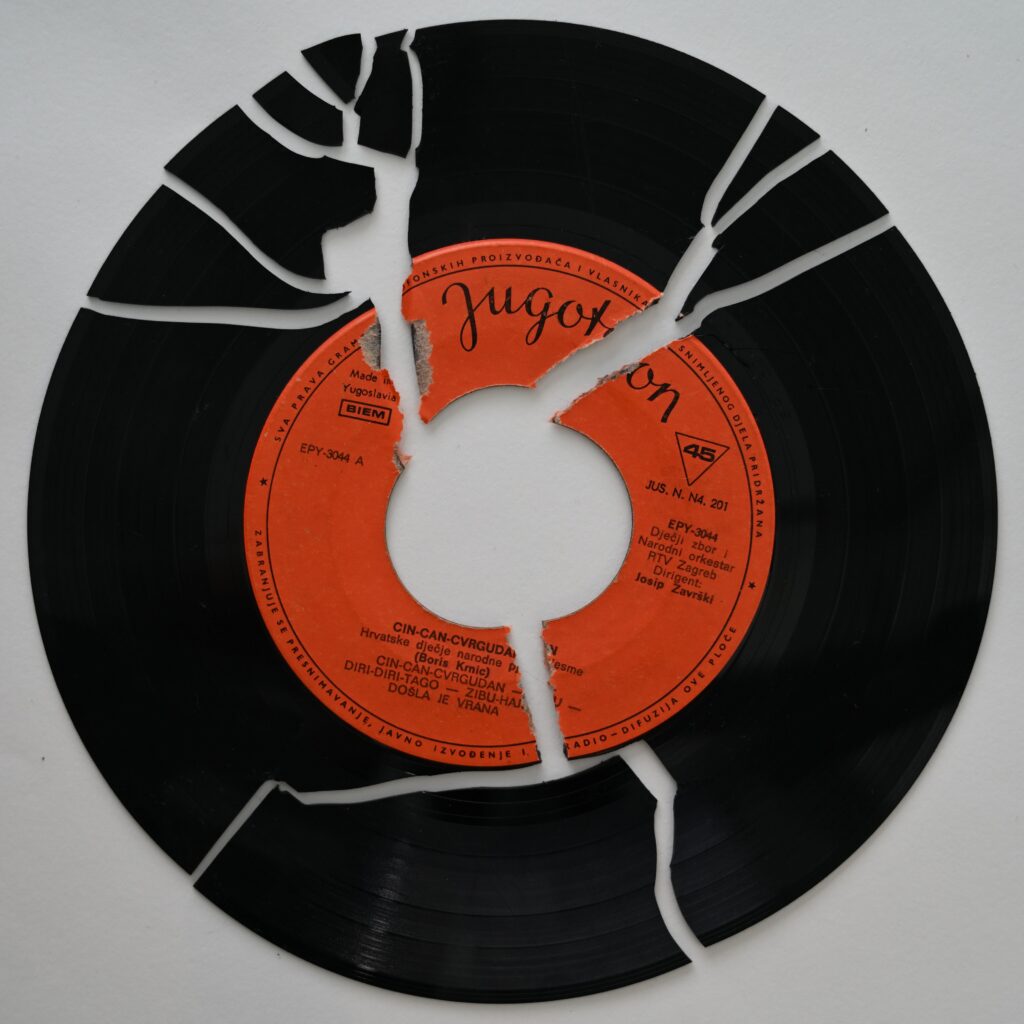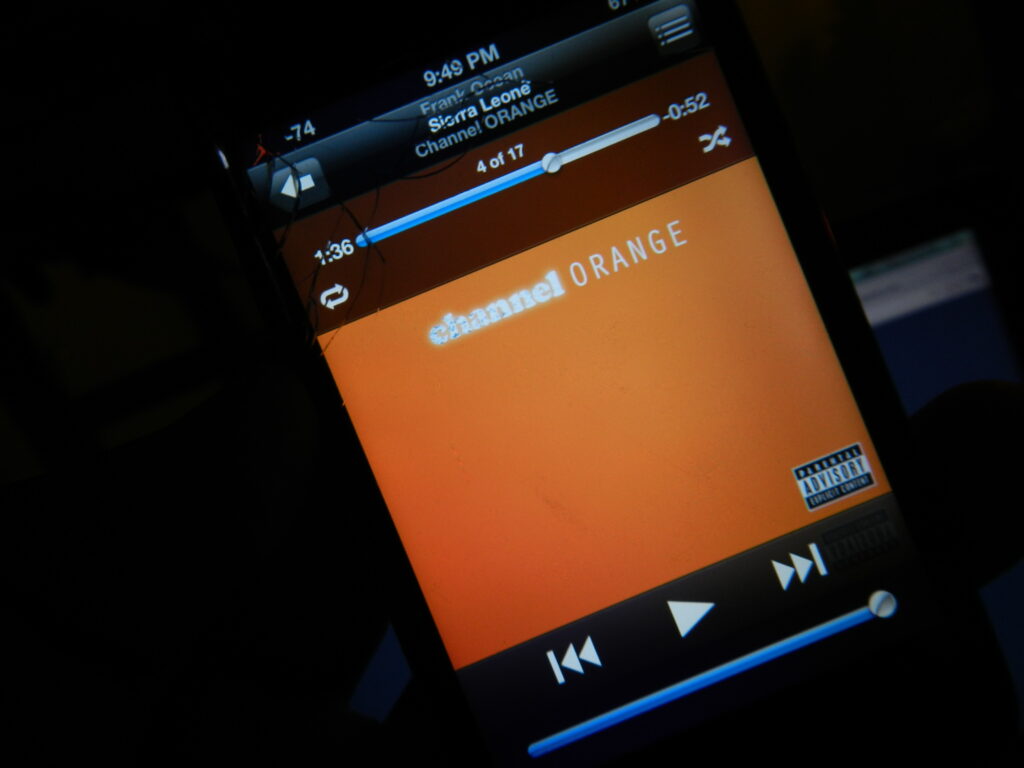How do we Critically Review Music Textbooks?
A Manuel of Music: It’s History, Biography and Literature- A Complete History of Music, Illustrated with Chronological Charts, including Biographies and Portraits of Eminent Composers with Characteristic Specimens from their Works, Carefully Analyzed and Explained. A Dictionary of Technical and Proper Names with Definitions and Simplified Pronunciations.
Chicago 1888
Whoa….. that was the longest textbook title ever…..
This is NOT our textbook! But we would not be good researchers/scholars/mini-ethnomusicologists, if we did not dissect and critically analyze topics, texts, and contents from theses kinds of books!
Things we HAVE to be thinking about
- Our positionalities or situated knowledges (Add link to Dona Harraway article)- this basically means we have to take into account our personal biases, connections, privilege’s, and access to material we are examining…. in other words …. check yourself
- Context and specifically historical context… some of the articles and items we read and are exposed to can be problematic… yes because we situate them in their time, they might not have been considered problematic… HOWEVER… we cannot ignore the problematicaness… Now does this make everything completely EVIL? Should we CANCEL? not exactly …. humans, history, material is more complex than that. We have to be able to identify where these ideologies come from? MORE OFTEN than not, they come from Western notions of Settler Colonialism, that which is very much bad… What do we do ? We label as coming from these ideologies that have systematically undermined and violently hurt various communities and peoples of color. Should they continue ? Absolutely not… Do we put on a pedestal and only teach this in schools? Absolutely not? (I AM GOING TO SOUND LIKE A BROKEN RECORD HERE…. BUT IT IS IMPERATIVE THAT WE ALWAYS ACKNOWLEDGE THIS … REPEAT, REPREAT, REPREAT ….)

- What is missing? Foreal…. who, what, where , when , why IS MISSING?
- Levels of frequency and importance? What is mentioned all the time?
- Language ? What kind of lexicon ? vernacular? Diction? Words? are being used to describe and talk about?
- Are other ideologies and p.o.v’s being talked about ? Indigenous ? Black ?
- Let’s say we are rewriting ? from your positionality? What would you include?
What is a Soundscape?
What is a Soundscape?
Soundscapes: The natural and acoustic environment of space, landscape, or location. In its present state, these are the sounds and silences that are heard in the space.
For example: If you live close to the beach, you might hear the sounds of waves and the tides rushing in, seagulls passing by, beach-goers walking around and in conversation.

Reggaetón’s shift to Japanese Aesthetics

I am a huge Bad Bunny fan! to the point that I will analyze and dissect everything that man produces. One of my favorite songs is Yonaguni that was released back in 2021 as a single before his Un Verano Sin Ti album.
Yonaguni is all about the narrators ex lover, who they are still in love with. The narrator (Bad Bunny) is still not over and so in love that they are willing to fly to Yonaguni, Japan. This functions as a hyperbole of traveling immense distances for a person they love. This song is sung entirely in Spanish, but at the very end, sung in Japanese.
Bad Bunny is not the only Latin American Reggaeton and Trap artists leaning into Japanese Aesthetics. Early actions can be seen with J Balvin’s Colores alum where the concept art is from Japanese artist Murakami. A plethora of Latin American artists are leaning into Japanese aesthetics, langguage, and streetwear.
Though not Latin American , Spanish singer Rosalia takes words,phrases, and even Japanese concepts on sexuality to talk about her own loves and experiences.
In her most recent single, Tuya. she even incorporates sound bites from the traditional Japanese instrument called the Koto.
Puerto Rican Producer Tainy’s new album draws on anime drawings and concepts of Ghost in A Shell, to share his new album called DATA!
Why are Latin American reggaetoneros & artist’s that perform in this genre leaning so much into Japanese aesthetics and popular culture? What does this mean to Japanese listeners who are slowing being introduced to the rising popular genre?
Week 1: Decolonizing Ethnomusicology
How do we as students. music listeners, educators make an effort in thinking/listening to music in a critical way?
Make me a Mixtape Assignment
https://docs.google.com/document/d/1eUWN5NviXoW4JFiJc0XhYrDuDnHLd5NygwNqtjxZlq4/edit?usp=sharing.
Welcome to Music! It’s Language, History, and Culture!
MUSC 1300- TR11(1730)- Fall 2023.
Tues/Thursdays from 11:00-12:15 in Whitehead 417 @Brooklyn College
Kelsey Milian Lopez – [email protected]
This course introduces music cultures from different times, places, and people. We will explore many of the cultural, social, political, and economic processes and issues in which music is implicated. We will also explore the ways that music is used, understood, and consumed by people in various locations and historical periods. Students will gain exposure to a wide range of musical styles, studying the history behind these genres and gaining the skills necessary to appreciate these musical forms.
One of the main objectives of the course is to help you learn new ways of thinking about, listening to, and discussing music using comparative analytical language, and to think about relationships between musical elements and their cultural context. Over the course of this semester, you will also develop the ability to listen critically to music.

This will also draw on the growing body of contemporary ethnomusicology and transnational American literature that seeks to view artistic practice and cultural identity through a global lens that focuses on immigration, migration, and contemporary channels of transnational communication. This global perspective reorients our thinking about the nature of “American” music by focusing on the complex flow of diverse musical practices into and out of the U.S.
Last thing!!! Fill out this form before the end of today! https://forms.gle/iEkiassc6DQjFc2dA
Download + email back to me @ [email protected]


